
The Scuppernong Springs Nature Trail: A Saunter through History
July 26, 2022 | Topics: Places, Stories
By Mark Miner
Photographs by Eddee Daniel
The evidence at first is scanty. The slightly raised, tree-lined trail cuts a graceful curve through the marsh. If you’re paying attention, you will probably realize it must be a former rail line. Confirmation of this conjecture is abrupt and obvious, if fragmentary: We reach a short section of actual railroad rails and ties oddly becalmed in the middle of the trail. A remnant and reminder of its utilitarian origins.


Not long afterwards, almost hidden among the brush and trees, we see a towering cement wall. With this incontrovertible evidence we suddenly know we are not merely walking into a lovely natural area, but into history.
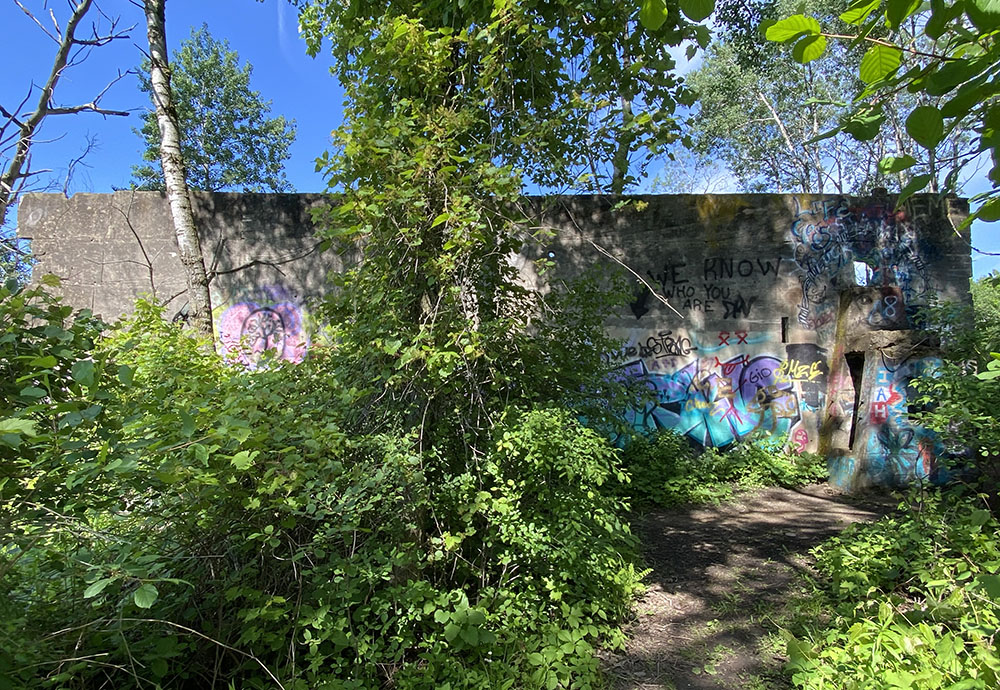
Imagine…: It is 11,000 BCE. A layer of ice perhaps 5,000 feet thick has receded. Melt water has created a glacial lake now known as Scuppernong. A lime-rich sediment forms on the bed of the lake. Over time the lake drains. Flora and fauna reclaim the land. A rich marsh develops. Native Americans encamp to take advantage of spring waters, edible plants, abundant game. Then European encroachment brings fur trappers and traders. Pioneer farmers follow. The industrial age ensues. A succession of entrepreneurial endeavors: sawmill, trout hatchery, cheese factory, cranberry farm, marl plant, a hotel. A great depression stymies the efforts. Things fall into decay. The State of Wisconsin purchases the property. A sanctuary is created, a trail is established. We are walking the Scuppernong Springs Nature Trail.
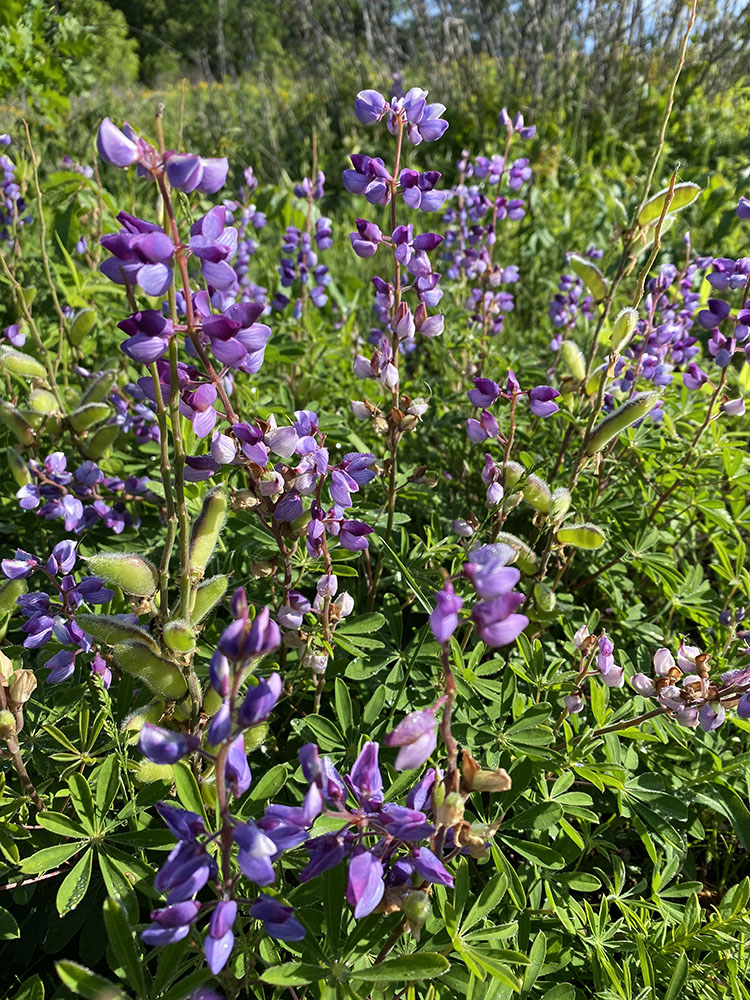
Walking the trail is a saunter through history. We are not alone though. The Ho Chunk, Prairie Potawatomi, Menominee and Sauk walked here. As did French fur trappers. The earliest written record is of a sawmill built by Chester Smith in 1846. The decades of the 1870’s and 80’s witnessed a flurry of activity. The Scuppernong Cranberry Company harvested wild cranberries. Talbot Dousman purchased the saw mill and ponds to establish a trout pond. The mill became a cheese factory, and later a hotel.

The dawn of the 20th century brings industry to the area, along with the railroad that we now walk as the trail. It is the old Tibby Railroad line, which operated from 1909 to 1915. The rails led the dystopian scene we now stand before: The crumbling wall and rusted metal works are the remains of the Eagle Lime Products Company’s Marl Plant. Marl, a soft limy clay, used to make mortar and cement, is that rich sediment from ancient Lake Scuppernong. As many as 60 employees of the Eagle Lime Products Company dug marl up from the marsh and moved it by tram cars to a kiln. Measuring 8’ in diameter and 120’ in length, the revolving kiln dried the marl which was then prepared for shipment via the Tibby Line along the route we’ve just walked. It was transported to the Eagle Lime Products warehouses in Dousman, 5 miles away… up to 20 tons a month. We pass the remnants of the kiln on a side path that leads us out into the marsh where we can see the open water of the former marl pits.
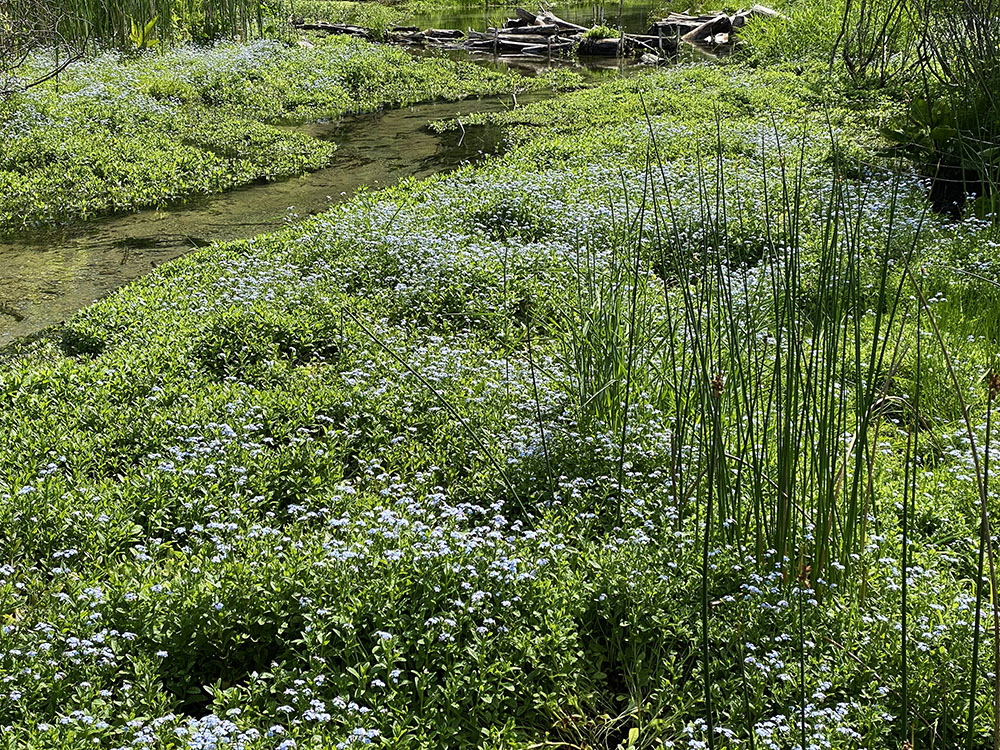
Returning to the main trail, we cross a bridge over the Scuppernong River, though just a small creek here at its inception. To the southwest is a great expanse of marsh. To the northeast is the site of former trout ponds, now returned to a meandering stream, which on this occasion is lined with the most amazing masses of tiny blue forget-me-not blossoms. We marvel that something so small can command so much attention.

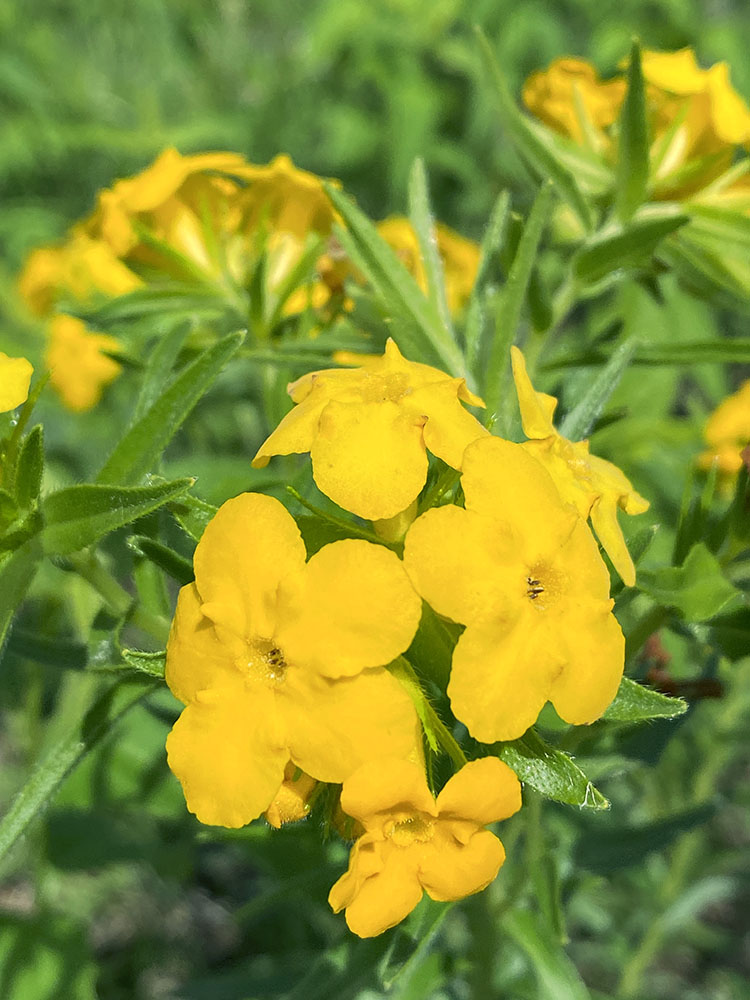
We climb a hill and take in a stunning view of the marsh and beyond. It is here where arrowheads and spear points have been found, the encampment of those long gone. We find no arrowheads today, but we do discover a fat eastern hognose snake soaking up the morning sun. We step lightly around it, not wanting to disturb its slumber.
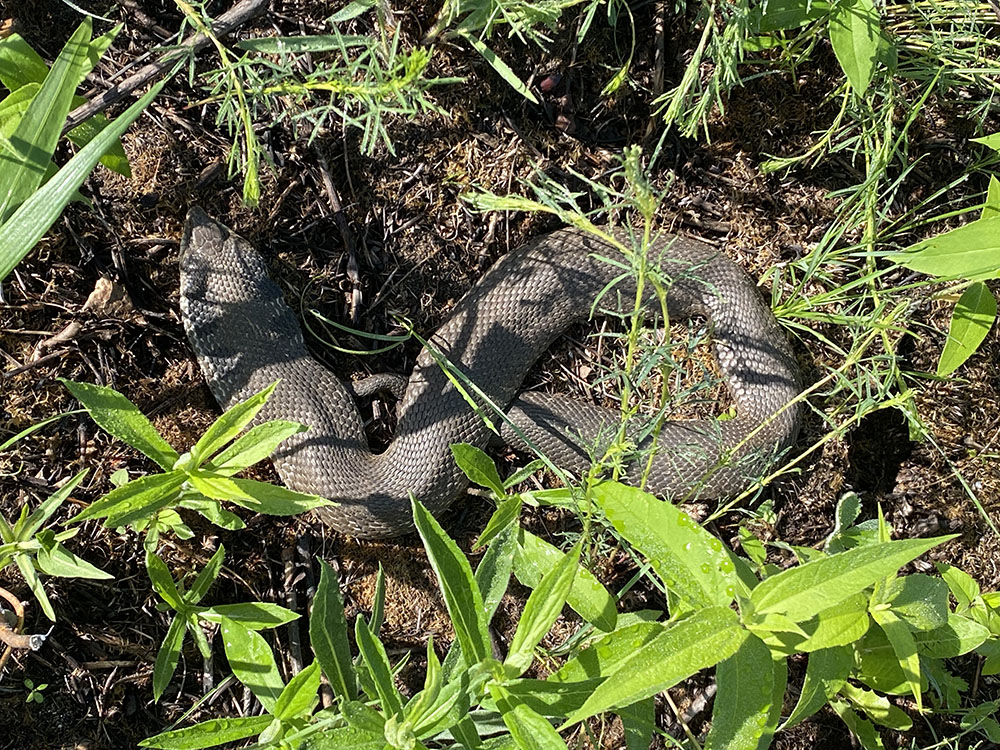
Finally, we wind our way down to the true gems of the area, the eponymous springs. The trail leads us down and onto a low cut-stone wall that curves around the outermost headwater spring of the Scuppernong River. Another great mass of small flower blossoms, aptly named watercress, erupt from the pure, fresh spring water.
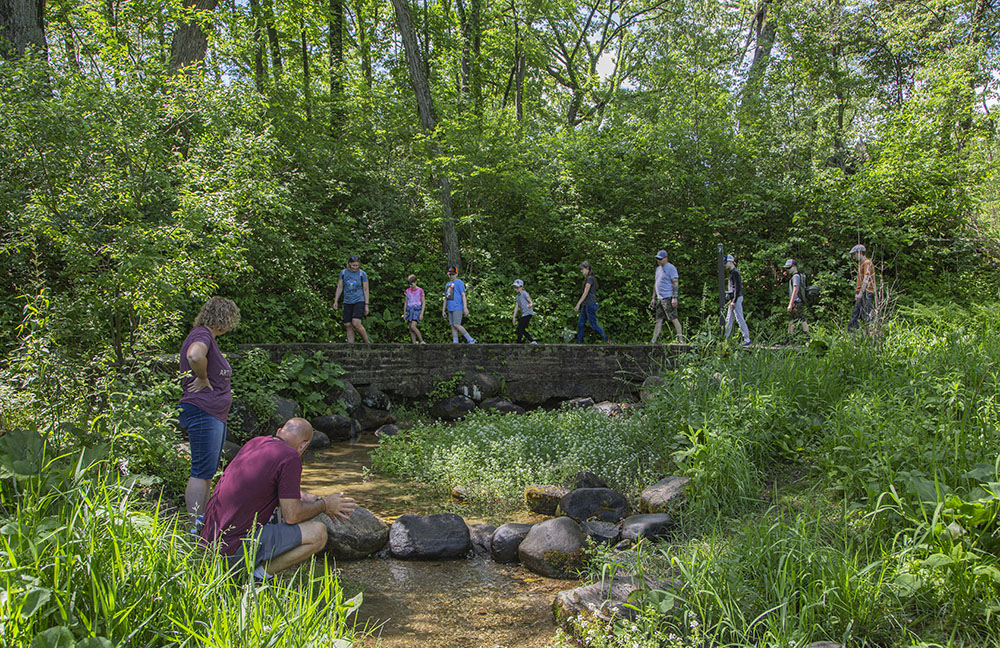
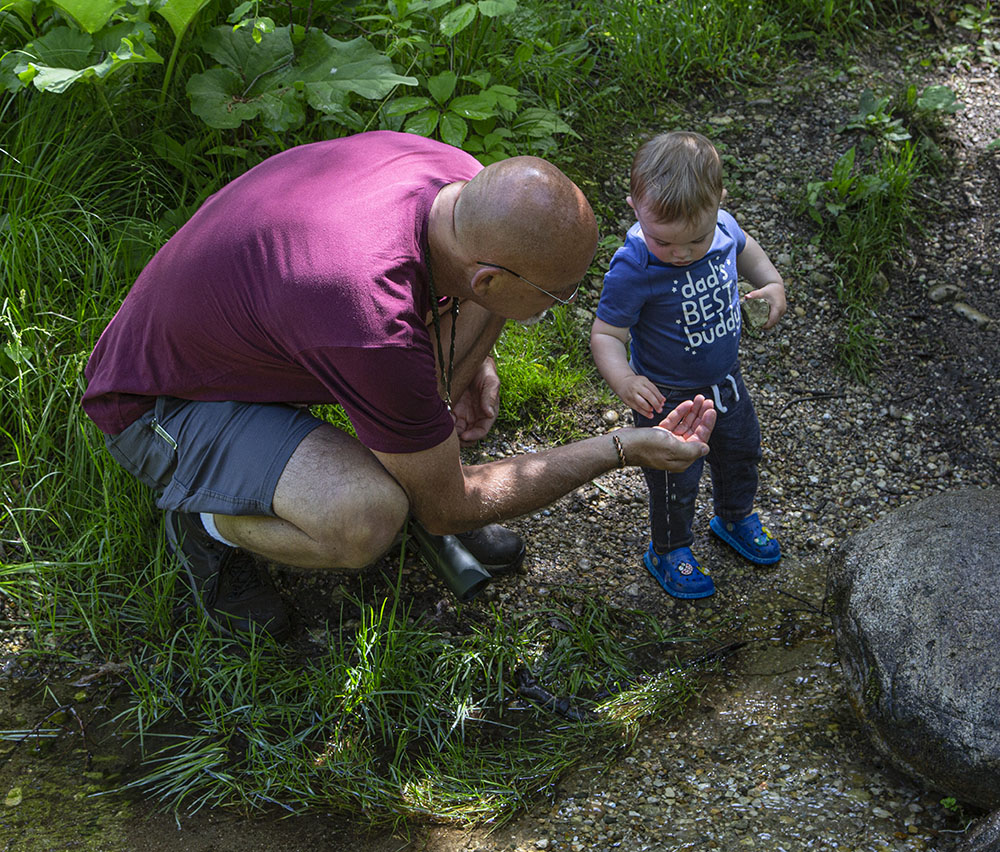
We dip our hands into the crystal clear water, entranced. The trail begins to loop around the far side of the marshy glen and as we continue along it we realize that there are more springs here. Side trails lead us to muddy seeps in the sloping sides of the glen. A boardwalk takes us out to open water in the middle of the marsh where we are mesmerized by fresh spring water bubbling up from the ooze. Farther along another stone wall encloses a spring named after the hotel that once stood on the high ground overlooking it.

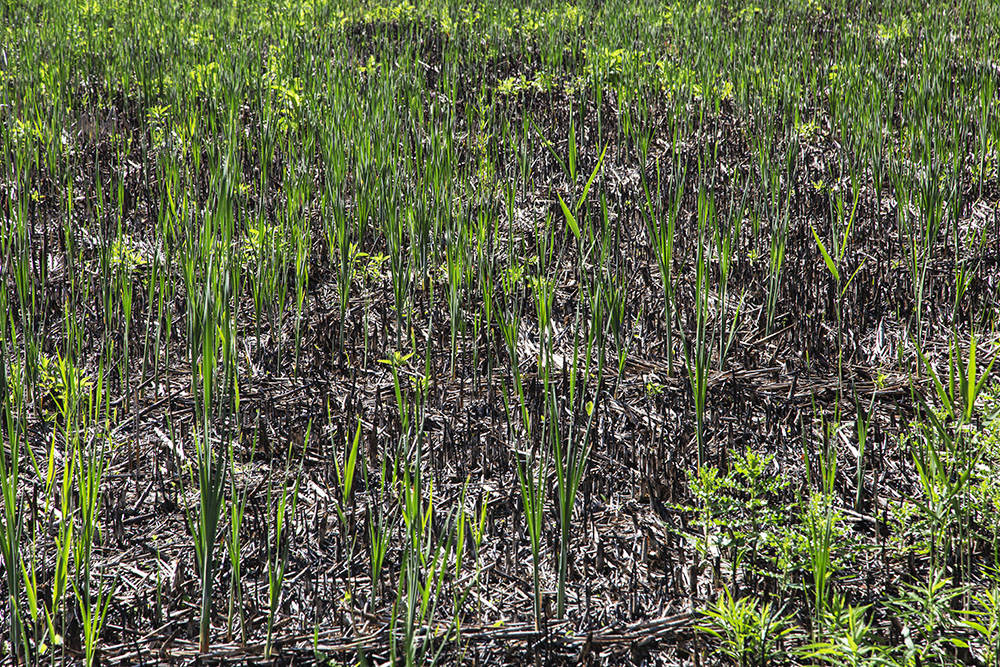
The cool, clear water flowing from these springs, having once provided sustenance to many who lived and worked here, nourished the cranberries, powered the saw mill, soothed the trout, still soothes us today.
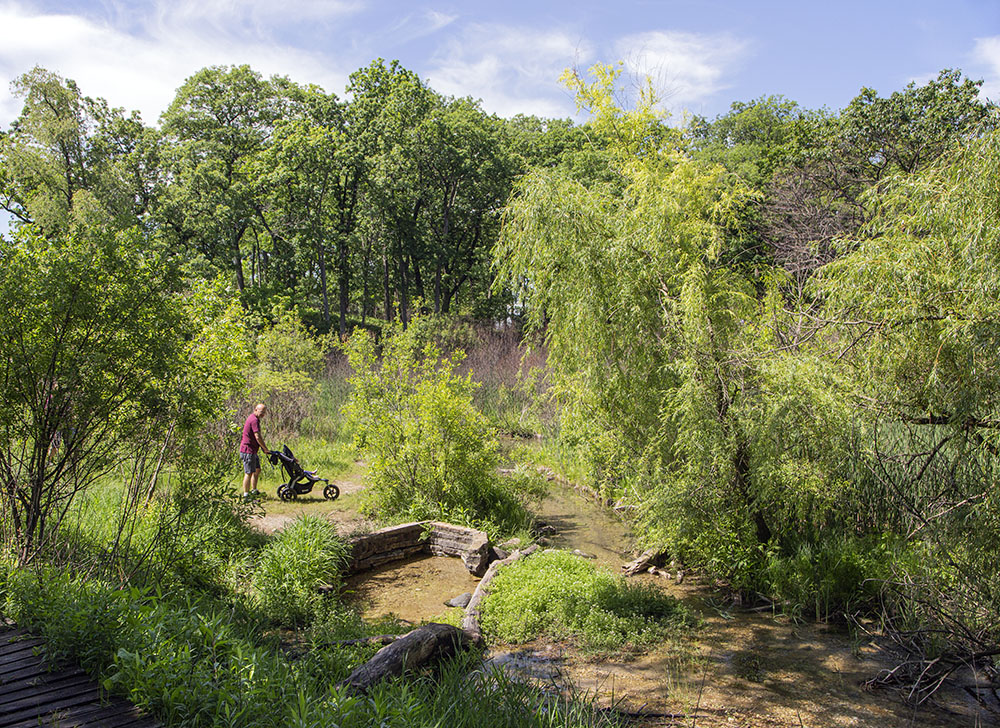
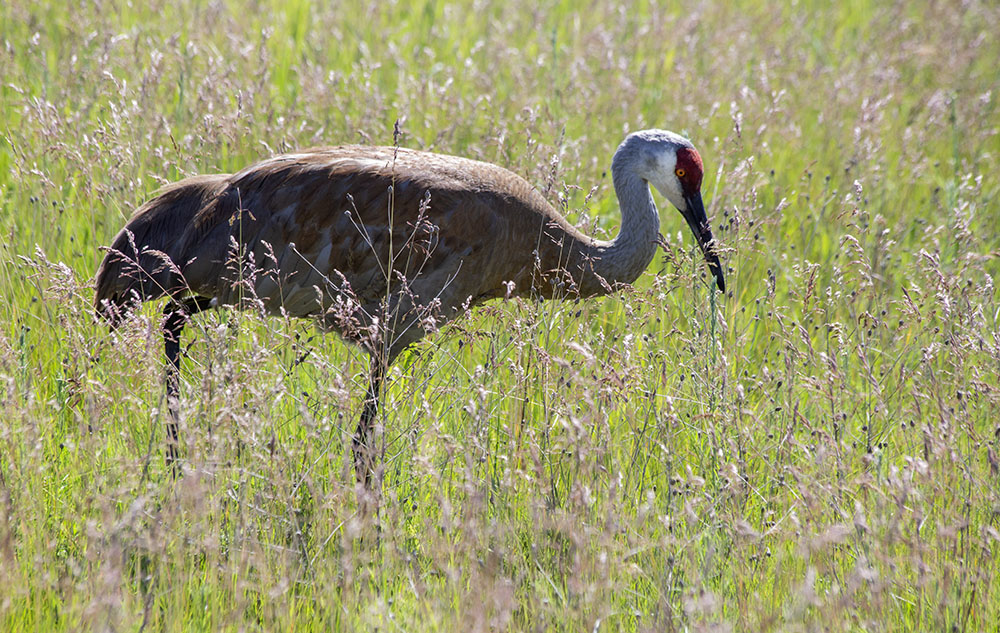
The Scuppernong Springs Trail is part of the Kettle Moraine State Forest – Southern Unit. This and over a hundred other parks and preserves for you to explore throughout SE Wisconsin can be found on our Find-a-Park map.
Mark Miner is a retired social studies teacher and a volunteer with the Ice Age Trail Alliance.
Eddee Daniel is a retired art teacher, a board member of Preserve Our Parks and curator of The Natural Realm.

